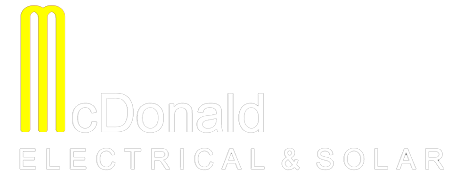Not all panels are built equally. There are many things that separate the good from the bad. When you are deciding on solar panels for your Sunshine Coast home, here are the main factors to consider
Power Tolerance
The power tolerance tells you the extent to which a panel will perform at its stated power output. Power tolerance is expressed as a percentage above and below the power output. For example a 200w panel with a power tolerance of +/- 5 % will produce between 190 and 210w under standard testing conditions. As the power tolerance applies to all panels in a system you may find that a 2.4 kwh system with a power tolerance of +/- 5 % only produces 2.3 kWh. The better panels on the market have a power tolerance of – 0 + something in other words they may over perform but they won’t underperform.
Temperature Coefficient
The temperature coefficient tells you the loss in output for every degree the panel temperature rises above the standard testing temperature of 25⁰C. For example a 200 W panel with a temperature coefficient of -0.5% that has warmed up to 45⁰C will have an output of 180W (200 W – 20 * 0.5 * 200). Panels are exposed to direct sunlight and can get quite warm, (especially on the Sunshine Coast) so the temperature coefficient can therefore have a big impact on the performance of your system. Generally, the lower the number, the better the panel will perform in our warm conditions.
Modular efficiency
This refers to the efficiency with which a panel converts sunlight into electricity. At present most panels have a modular efficiency of around 15% with the best performing pv panels at around 24%. The modular efficiency does not directly influence the performance of a system, only its size, i.e. a less efficient system will need more surface area to generate the same power output.

No Comment